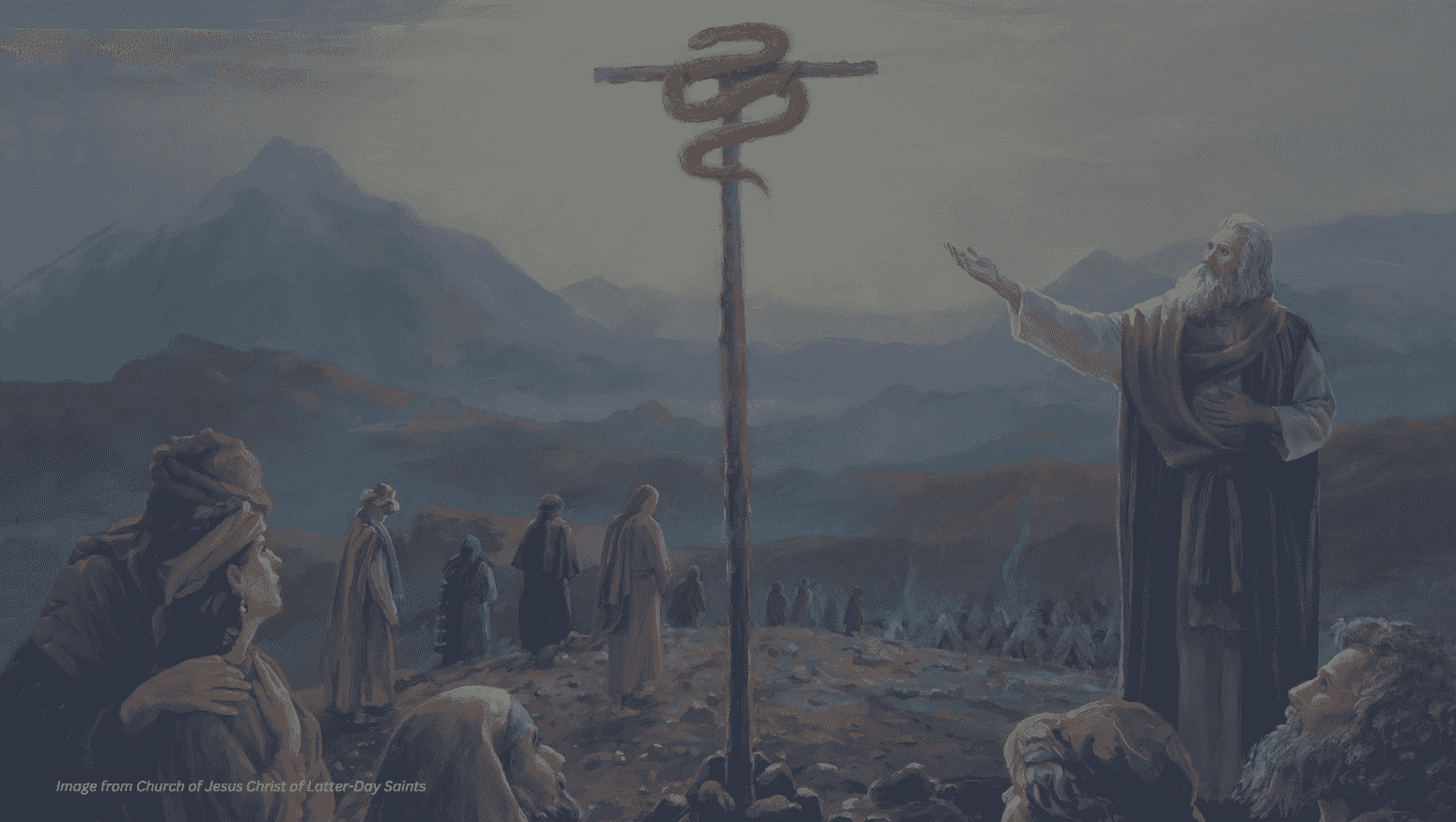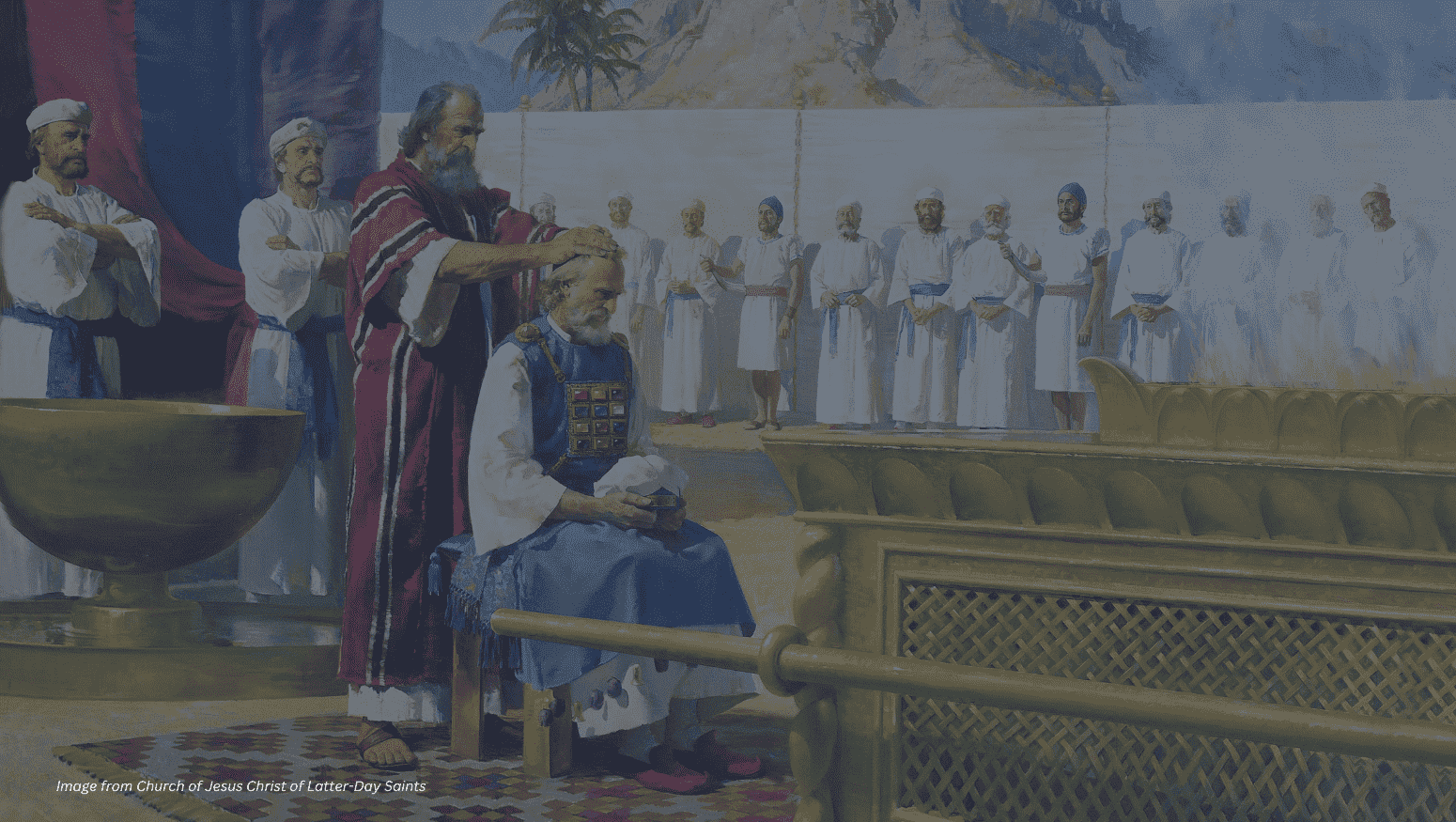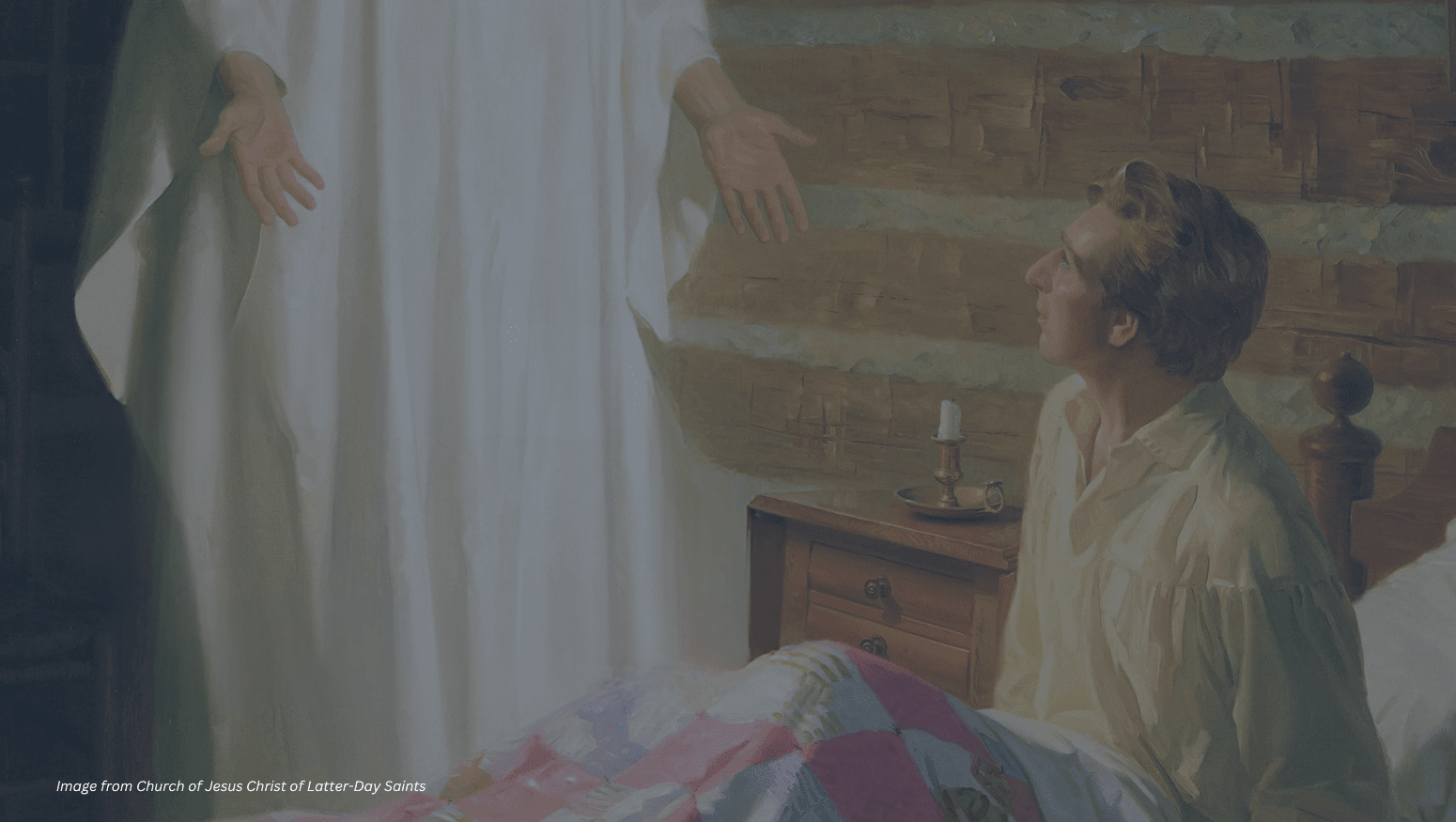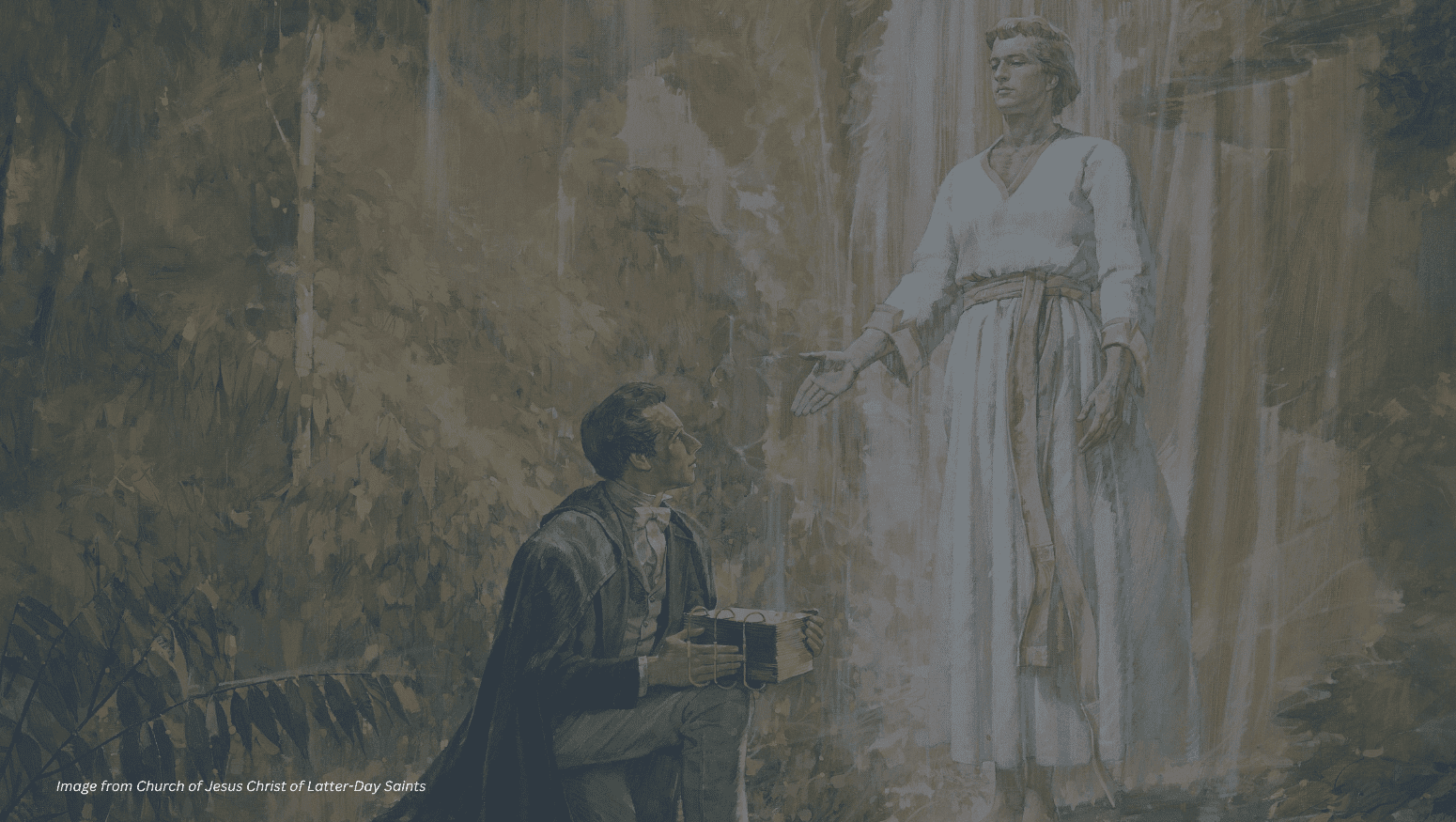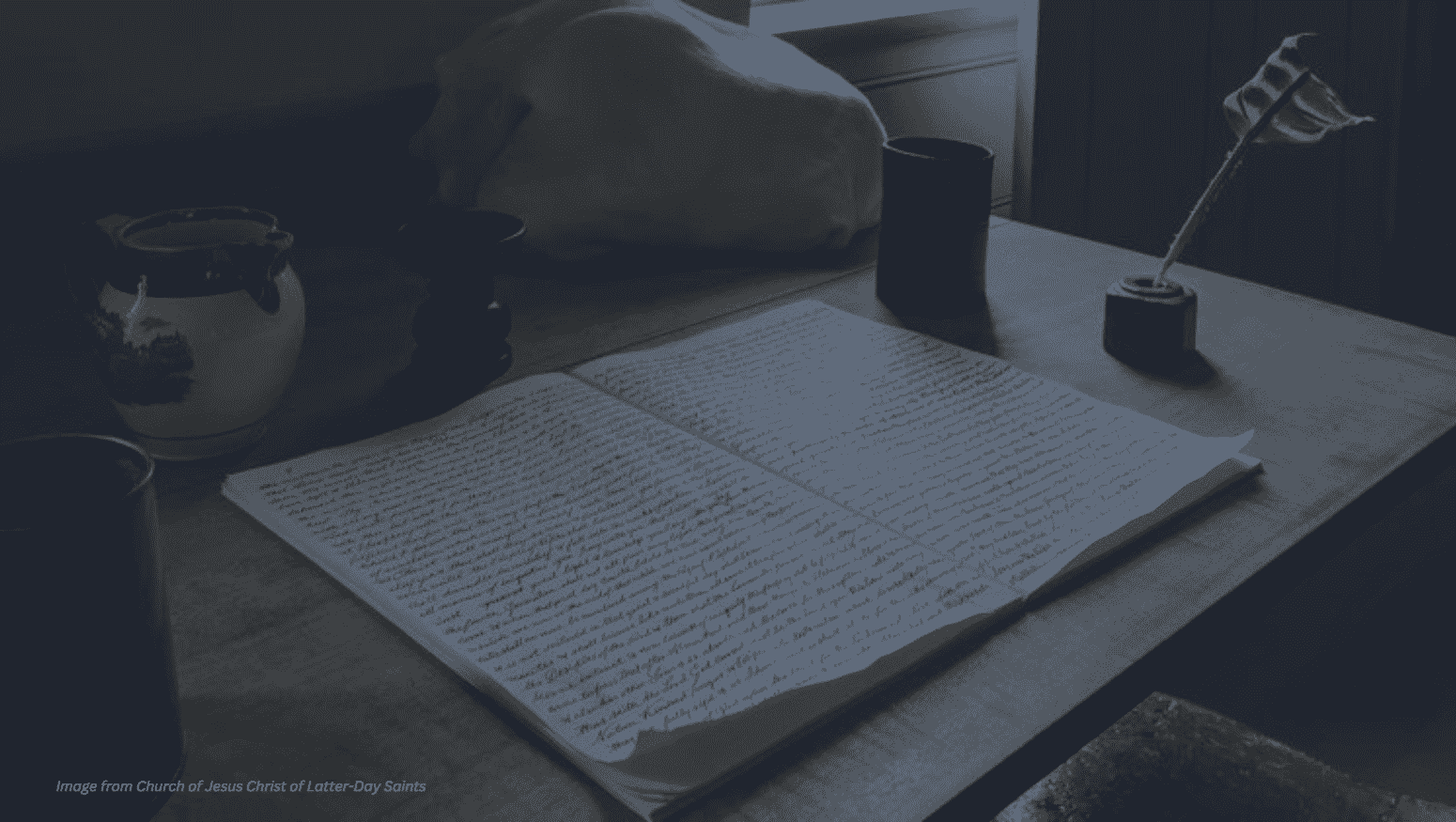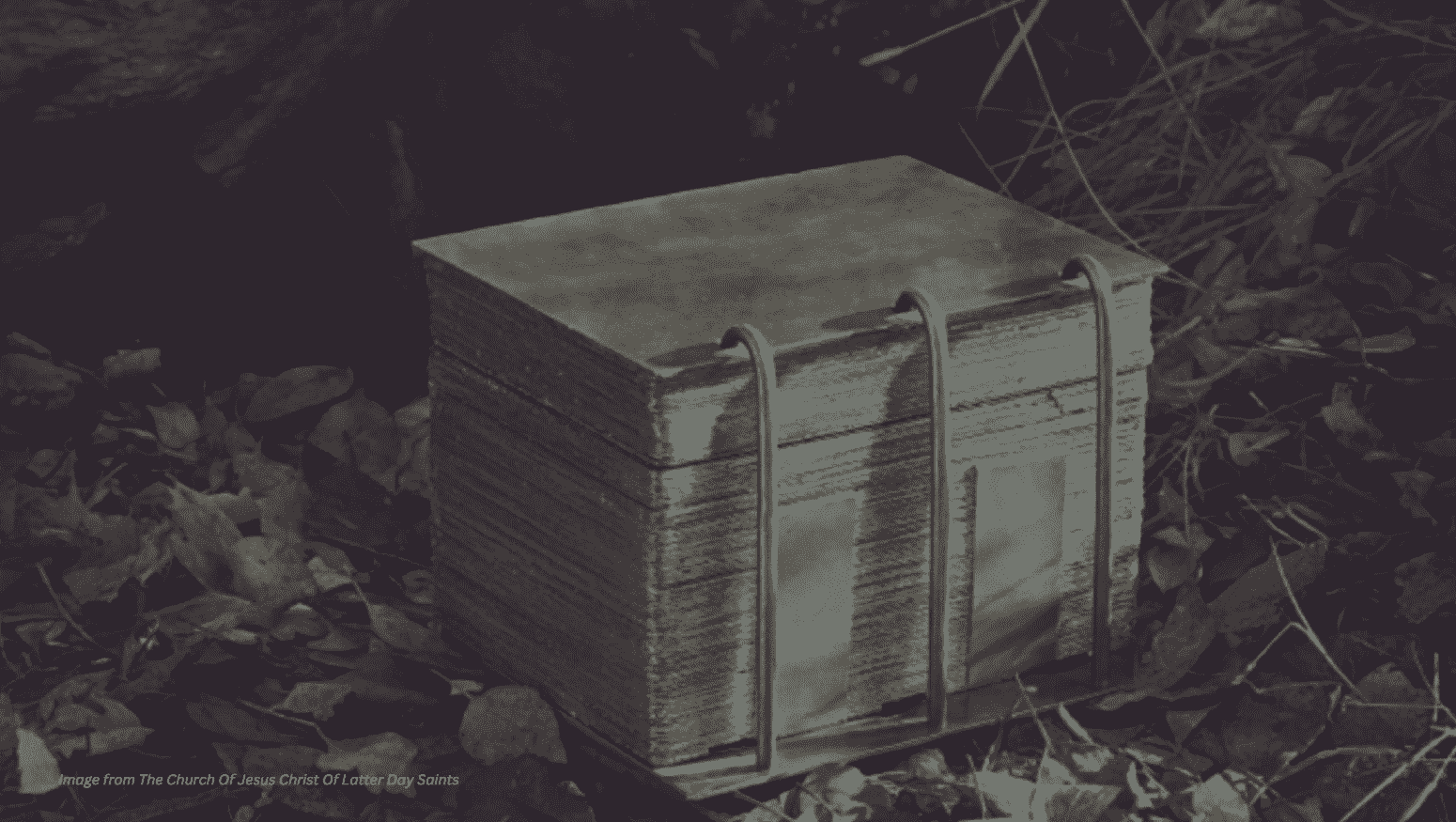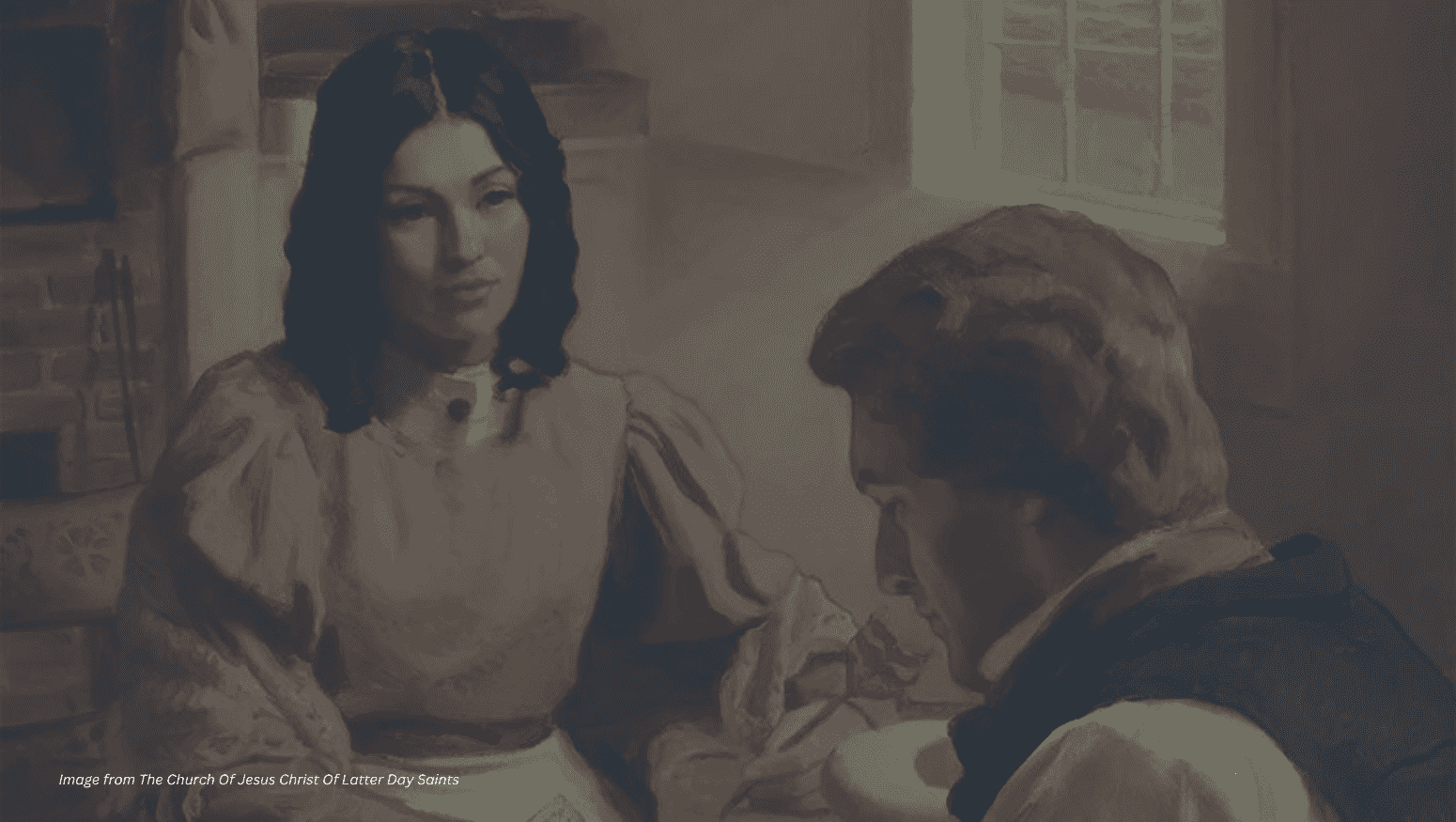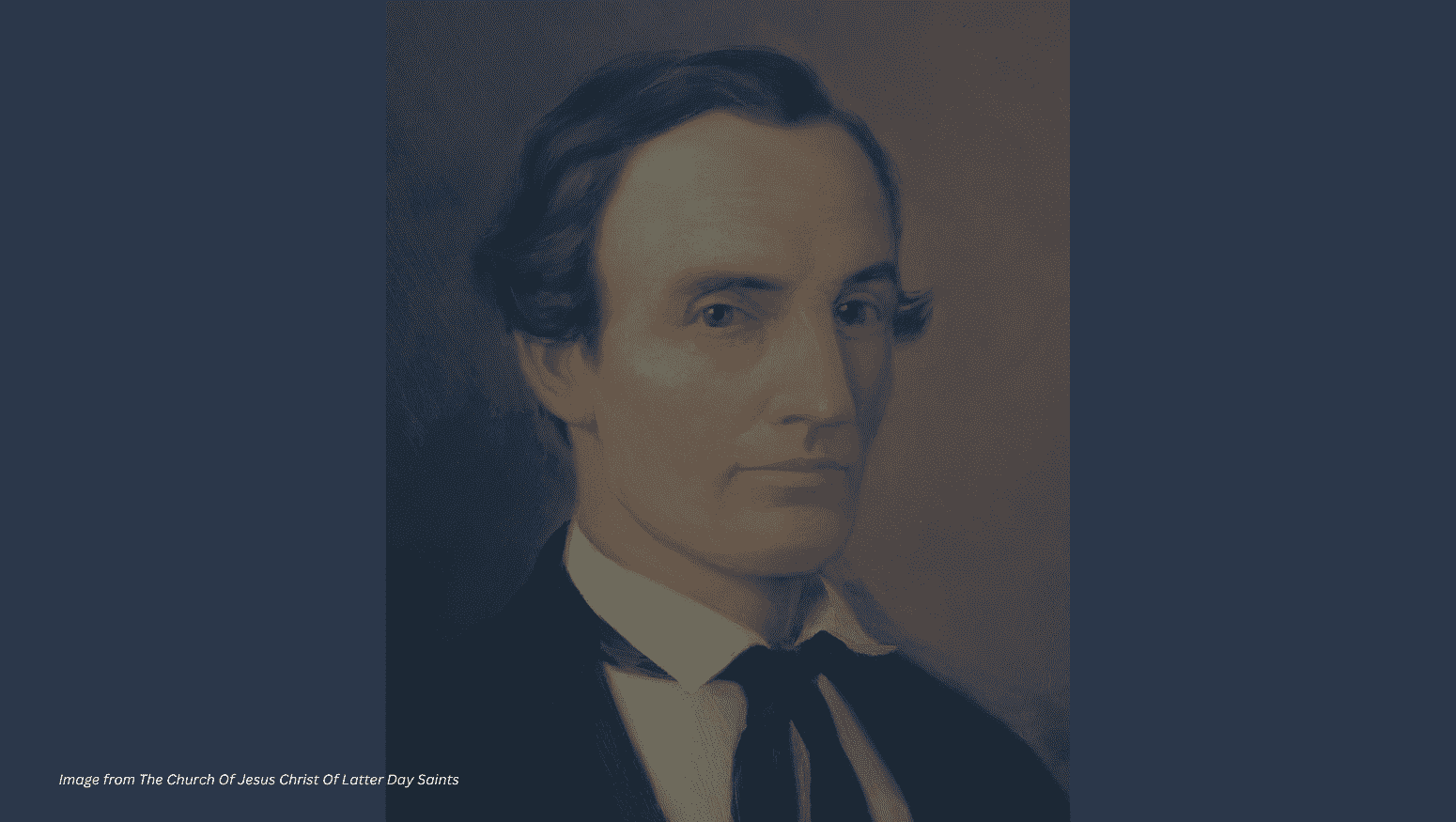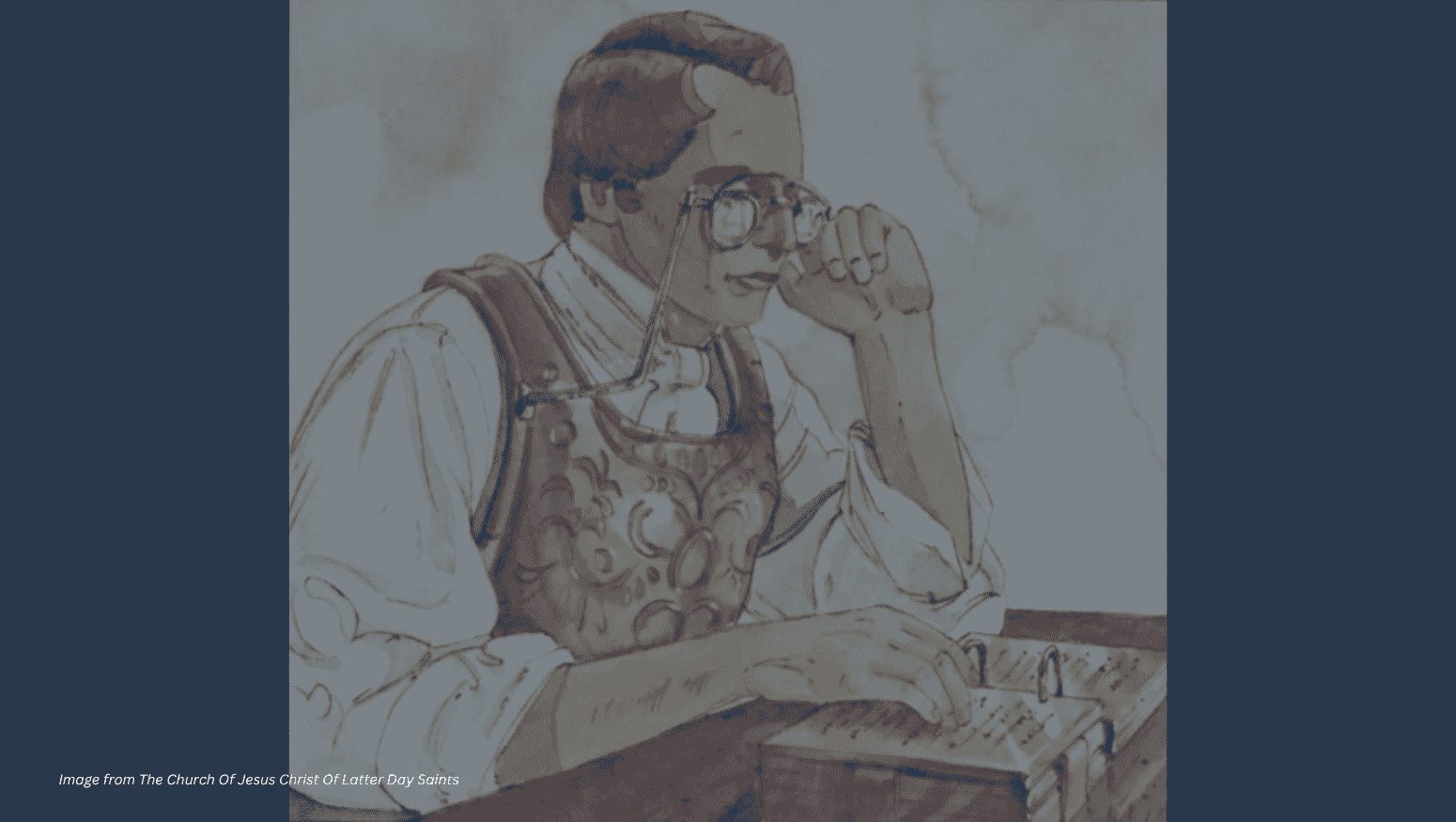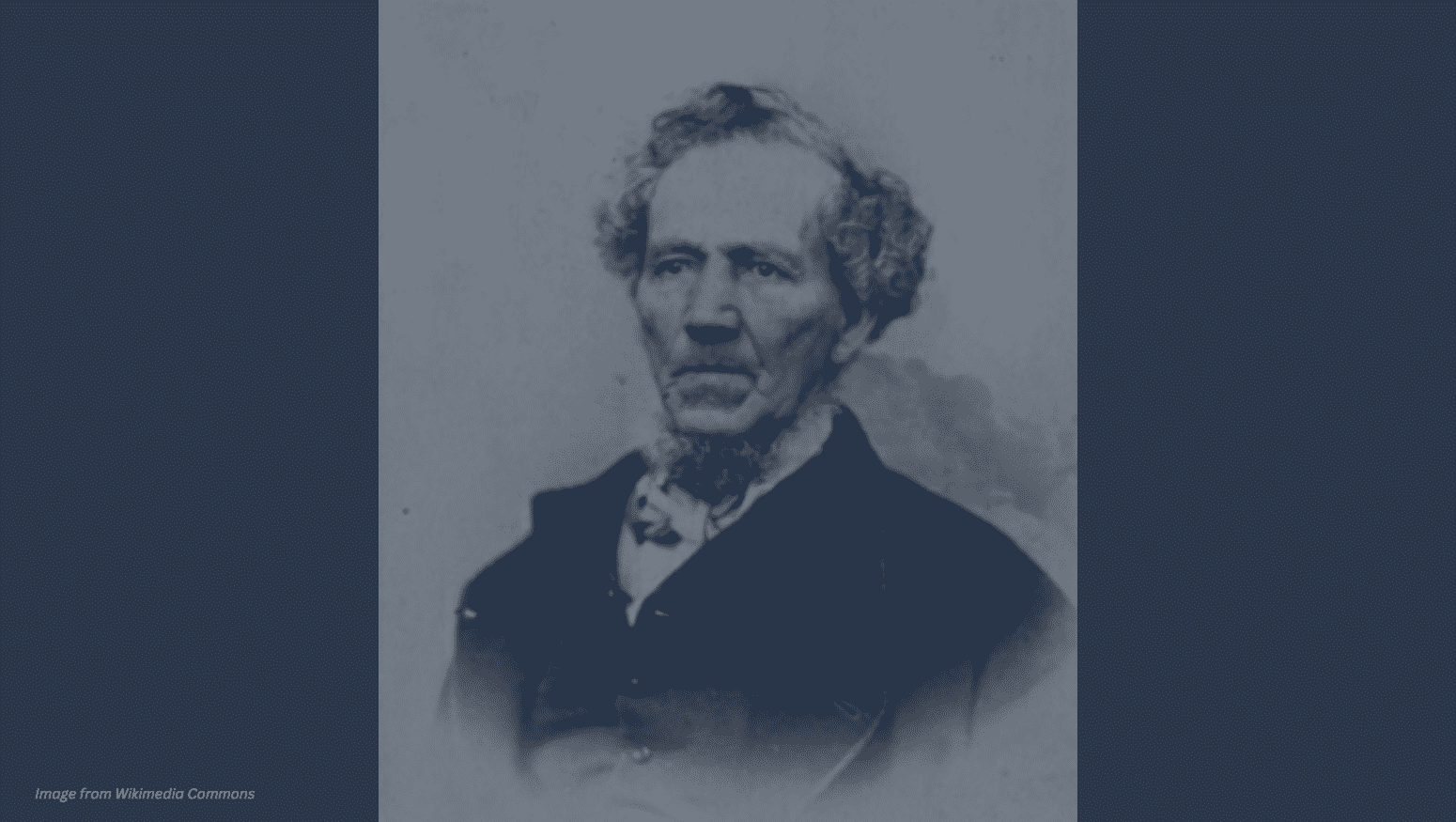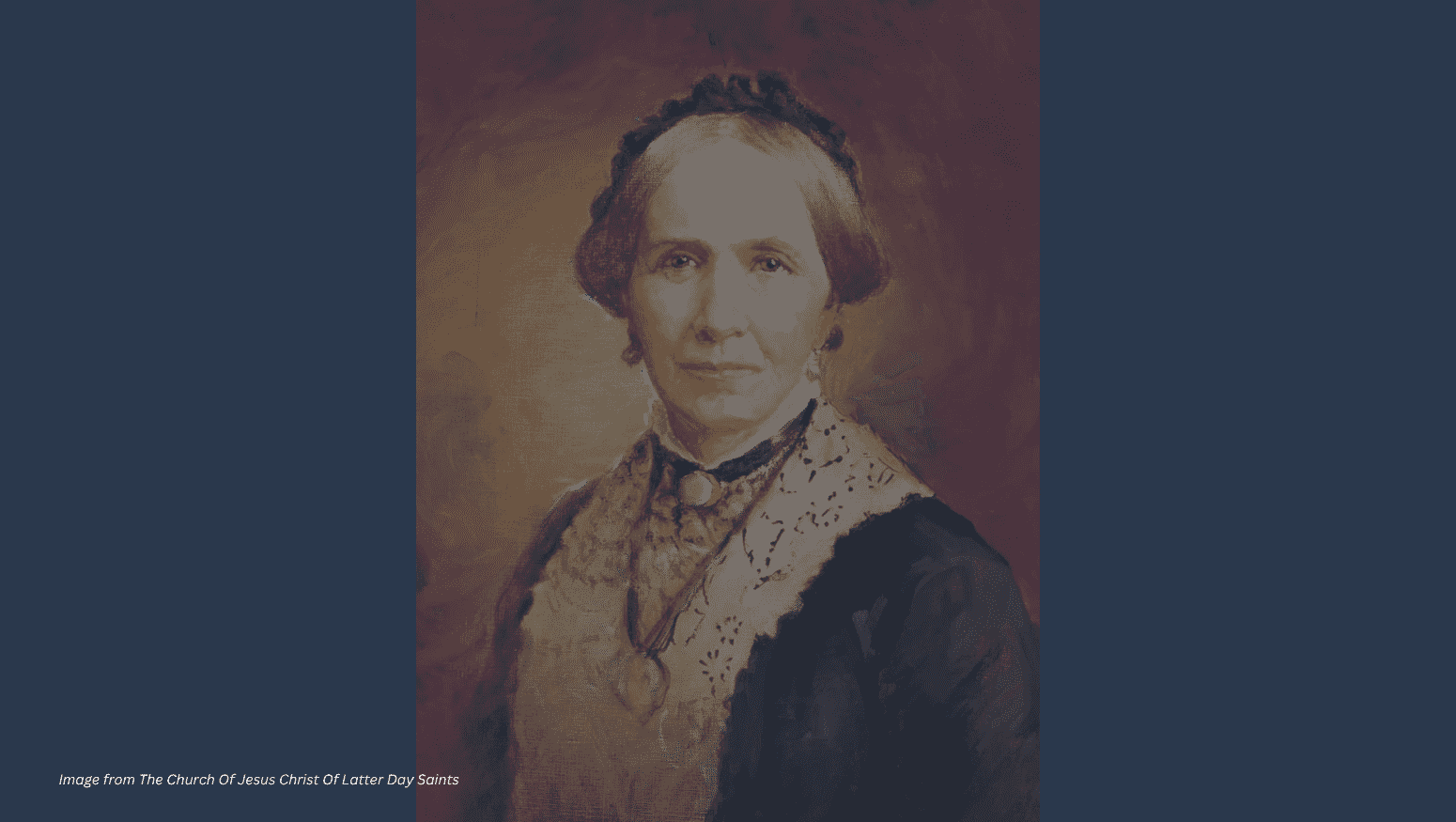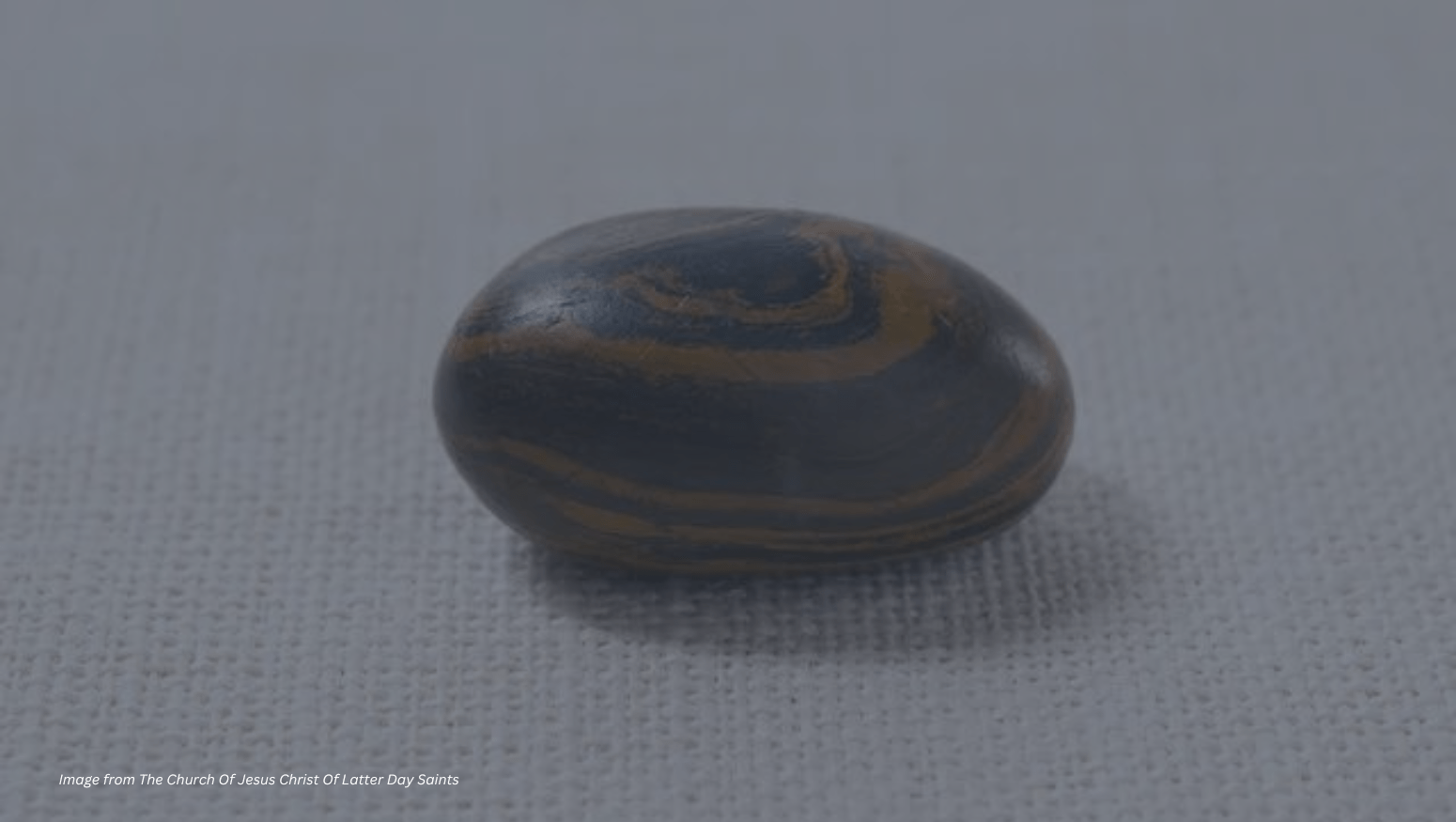Objects Are Used to Perform Miracles
Historical Context
What Critics Are Saying
Response to Critics View
There are many accounts in the Bible of objects being used by people to accomplish their divinely-appointed tasks. In Genesis, Joseph of Egypt used a silver cup to divine information (Genesis 44:5, 15). Moses was commanded by God to throw Aaron’s staff or rod to the ground in Pharaoh’s court, which became a snake. The magicians of Pharaoh also made snakes out of rods, but Aaron’s snake ate the magician’s snakes (Exodus 7:9-12). When the Israelites were plagued with serpents, Moses was commanded by the Lord to make a brass serpent and set it on a pole. The people only had to look at the brass serpent and they would be healed from the serpents’ bites (Numbers 21:6-9). The high priest of Israel wore a Urim and Thummim, which helped him to interpret the will of God. The Bible records many other instances of physical objects being used to accomplish God’s purposes.
According to Bible scholar Shawna Dolansky, there wasn’t a distinction between magic and religion among the ancient Hebrews. Magic wasn’t illegal, but magic performed in the name of any other God than the God of the Hebrews was prohibited.

